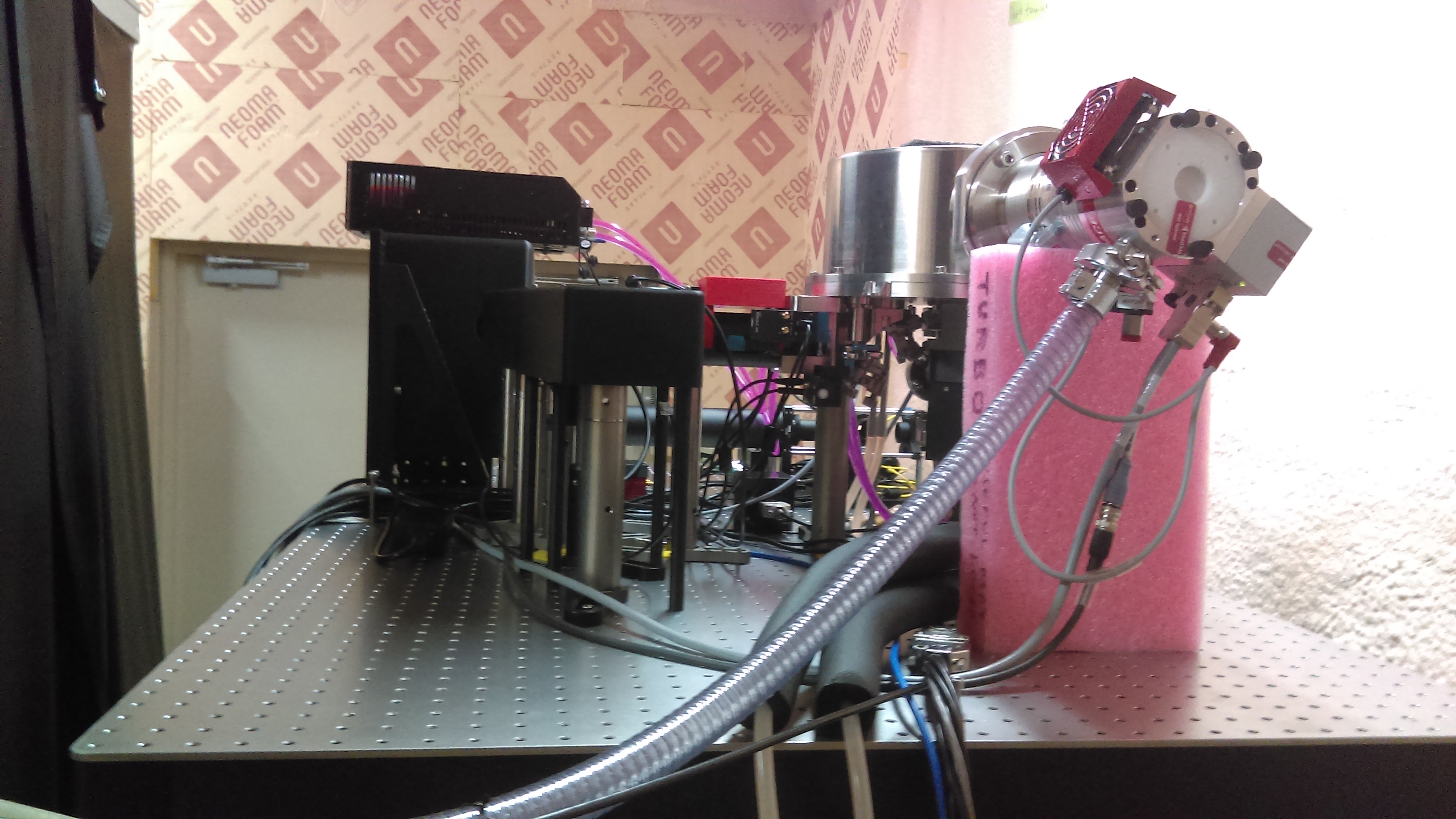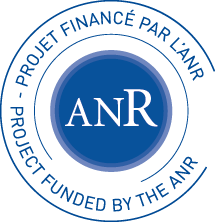JOVIAL
Jupiter: Oscillations from Velocity Imaging At several Longitudes
Welcome to the JOVIAL web page
Breaking news:
First map of Jupiter's winds using Doppler spectroscopy
JOVIAL is a ground based network aiming to observe oscillations and atmospheric dynamics on Jupiter and more generally on planets with an atmosphere in the Solar System. Three Doppler imager are installed on three different telescopes around the Earth, in Japan, France and USA, aiming to observe continuously the target for several weeks thanks to the repartition in longitude between the three sites.
The JOVIAL instrument is a Doppler imager based on an interferometer which provides images and maps of Doppler motion at the surface of the planet with a sampling time of one image/mn. It has been developed at OCA in the framework of the Doppler Sismo Imager, a Research and Development program supported by CNES between 2009 and 2013. It has been installed and tested at Calern observatory in 2014 and 2015.
In 2014, the New Mexico State University obtained a support from NASA to build a copy of the DSI instrument to be intalled on the Dunn Solar Telescope at Sunspot in New Mexico. In 2015, the JOVIAL project was granted by the french Agence Nationale de la Recherche (ANR) to set-up a complete ground-based network for continuous observations of Jupiter. Japan supported the project by providing access to the 188cm telescope at Okayama Observatory and witn a financial support of JSPS. The goal of the project is the completion of the network in 2019 for observations of Jupiter and Saturn between 2020 and 2025.
News (April 14th, 2024)
The paper "Three-dimensional Atmospheric Dynamics of Jupiter from Ground-based Doppler Imaging Spectroscopy in the Visible" has been published in Planetary Sciences Journal
News (December 2023)
A new observing run was achieved between October 19th and November 15th with the instruments in New Mexico and in France only, as the repair of the Okayama telescope is still not achieved. The weather in Calern was really bad for all the run, much better in New Mexico. A few nights with a complete rotation of Jupiter (10 hours) were obtained. The Adaptive Optics system in Calern demonstrated to work well when the seeing was correct.
News (October 2022)
A second complete run of observations of Jupiter was scheduled between september 19th and october 16th. The instrument at the Dunn solar telescope in New Mexico has been revised with new mirrors and a complete realignement giving data of nominal quality. The observation procedure was also modified for better calibration..At Calern, the adaptive optics module AOC was fully operational and proved to be very effective, also thanks to the derotator module, avoiding the negative effects of the rotation of the pupil. Disgracefully, a major failure of the telescope dome at Okayama observatory prevented the use of the telescope during that period, so the total time coverage remained lower than 25% on the four weeks despite the longer nights and much better position of Jupiter in the sky.
News (September 2021)
The first joint campaign was organised in August 2021, with the 3 instruments. Both Jupiter and Saturn were observed, during two weeks each. Despite adverse meteorological conditions and sudden spread of Covid pandemic in Japan, good data could be obtained on Saturn, with a duty cycle of 21% and on Jupiter with a duty cycle of 23%. The data have been processed and will be made available in the database.
News (December 2020)
The 2020 observing campaign was cancelled due to the pandemic and the impossibility to acceed to the telescopes of the network. The development of the last instrument was also interrupted during the first semester of 2020 and resumed in september. The integration and tests at the laboratory were achieved in November 2020.
The JIVE instrument has been finally installed at the C2PU telescope at Calern observatory behind the AOC (Adaptive Optics @ Calern) Adaptive Optic System. Several tests were achieved on the sky, with Mars as a target. More developments are required for AOC to be fully operational and optimized for atmospheric real-time corrections on planets. We expect to be ready for new tests in June 2021 on Jupiter and full network observations of Saturn in August 2021.
News (December 2019)
The JOVIAL database has been installed at IAS thanks to the efforts of Hervé Ballans, Imène Lajili and Ivan Gonçalves, under the supervision of Patrick Boumier and Frédéric Baudin. The database is accessible through the following link. All the data, raw as well as processed data, will be made available when ready.
News (June 2019)

A second instrument has been assembled at Nice Observatory and installed at the 188cm telescope of Okayama observatory in Japan. The instrument was installed in March 2019 by a coordinated team from OCA, IAS and the University of Tokyo, with the help from the Okayama Observatory staff. The first light was received the 1st of April 2019.
A coordinated campaign of observation of Jupiter was organised between May 26 th and June 16th in Japan and the USA. Despite the contrary weather, 11 nights of observations were obtained. Data are being processed.
A third instrument at Calern observatory should complete the network in early 2020
News (January 2019)
The first results on atmospheric dynamics of Jupiter were published in Icarus. See the Publications page
News (October 2018)
First JOVIAL data from observations at Sunspot were presented at EPSC 2018 meeting in Berlin. The presentation is available her : EPSC 2018
News (June 2018)
One instrument was installed at Sacramento Peak, in New Mexico (USA) on the Dunn Solar Telescope in september 2017. Observations of Jupiter were carried there in May 2018.
Stay tuned: news and results will be announced here






